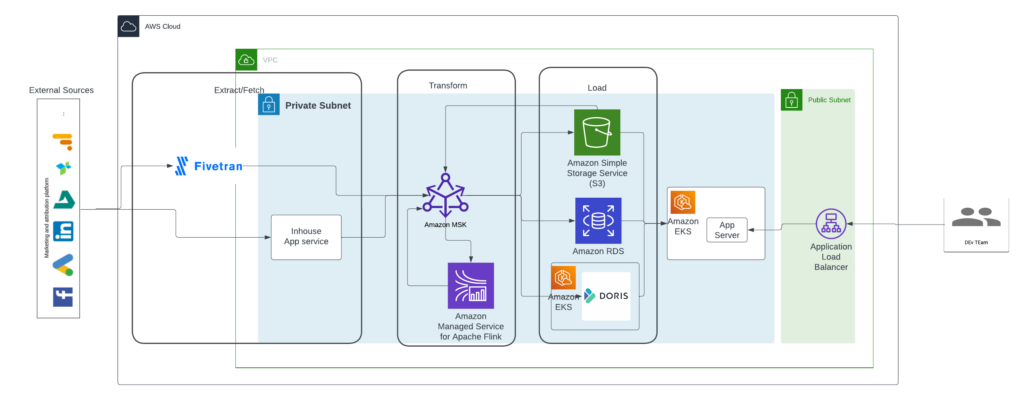Pixis: An AI-driven Data Analytics Platform
Category: Advertising and marketing
Services: DevOps, Migration, Cloud Architecture Design and Review, Managed Engineering Teams.
Category: Advertising and marketing
Services: DevOps, Migration, Cloud Architecture Design and Review, Managed Engineering Teams.

Pixis.ai helps brands scale marketing through data infrastructure and modeling, enabling data-driven decision-making in the face of complex consumer behavior. It offers a codeless AI platform that leverages machine learning and optimization algorithms to analyze audience, media platforms, budget allocation, and other marketing data.
